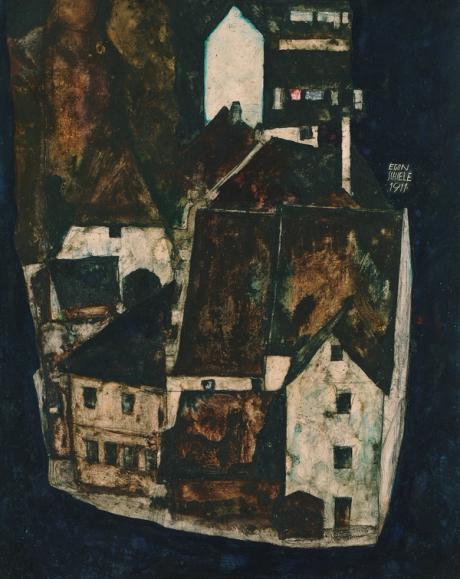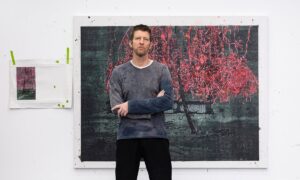
The heirs of Fritz Grünbaum, a Jewish cabaret artist murdered at the Dachau concentration camp, have filed suit in New York to recover 12 works by Egon Schiele from the Albertina and Leopold museums in Vienna.Among the works claimed is the 1911 oil painting Dead City III, which was seized in 1998 by Robert Morgenthau, the Manhattan district attorney, while it was on loan to New York’s Museum of Modern Art and was returned to the Leopold Museum two years later. Other works include Self-Portrait With Grimace (1910), Standing Man in Red Shawl (1913), Seated Girl With Yellow Cloth (1913) and Standing Girl With Orange Stockings (1914).Grünbaum had a collection of more than 440 works, including more than 80 by Schiele. As a vocal critic of the Nazi regime, he was arrested by the Gestapo in 1938 and imprisoned in Dachau. He was forced to sign a power of attorney to his wife, who was under instructions to liquidate the collection and give the revenue to the Nazis, according to the heirs.Grünbaum was murdered in 1941 and his wife, Elisabeth, was deported to a death camp in Minsk in 1942 and murdered almost immediately. The Austrian museums and other holders of works from the Grünbaum collection have maintained that the collection was not sold until after their deaths, by Elisabeth’s sister, Mathilde Lukacs. The heirs say this story is a fabrication.The heirs filed their complaint against the two museums and the Republic of Austria at the US District Court of the Southern District of New York in December 2022 to take advantage of the 2016 Holocaust Expropriated Art Recovery Act, which extended the statute of limitations on such cases to six years from the date of discovery of a work or six years from December 2016. They filed an amended complaint in September.The challenge for the heirs’ lawyer, Raymond Dowd, will be to prove that a US court has jurisdiction over the 12 works in Vienna and that Austrian sovereign immunity does not apply. Other restitution cases against foreign museums fought in US courts have failed on jurisdiction grounds.The court case against the Austrian museums follows a series of restitutions to the Grünbaum heirs in the US. In 2018, the New York State Supreme Court ruled in the heirs’ favour, saying Grünbaum never lost title to the works. “A signature at gunpoint cannot lead to a valid conveyance,” the judge wrote in his ruling.In September, Manhattan prosecutors seized further Grünbaum works from US museums. Seven works by Schiele from three museums were handed to the heirs in a ceremony that month. Two more museums have since said they will return Schiele works to the Grünbaum heirs.The Austrian museums have so far resisted the heirs’ claims. In 2011, a government panel advised against restitution of the two works at the Albertina on the basis that there was no evidence Grünbaum’s art collection was confiscated.In a statement on its website, the Leopold Museum says it is “at present unable to comment on the Causa Grünbaum due to a lawsuit that has been filed in the US”, and quotes previous provenance reports from the Austrian panel.“The artworks were sold in the second half of the 1950s by Fritz Grünbaum’s sister-in-law to or via the Swiss art dealer Eberhard W. Kornfeld,” the statement says.But in 2019, a New York appeals court said it rejected “the notion that a person who signs a power of attorney in a death camp can be said to have executed the document voluntarily”. The judges added that “even if Mathilde had possession of Grünbaum’s art collection, possession is not equivalent to legal title”.


























